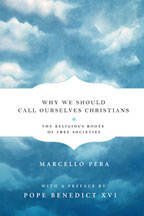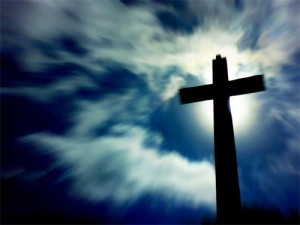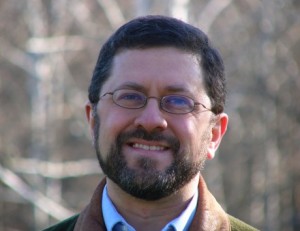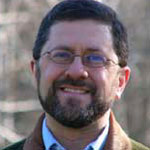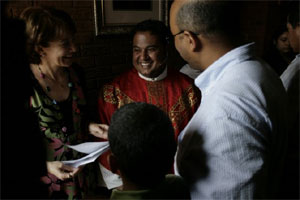It was an honor to have a conversation with Marcello Pera, who served as president of the Italian Senate from 2001 to 2006 and who now teaches political philosophy at the Pontifical Lateran University in Rome. We discussed his book “Why We Should Call Ourselves Christians: The Religious Roots of Free Societies. He maintains “that the very ideas on which liberal societies are based and by which they can be justified—the dignity of the human person, the moral priority of the individual, the view that man is a “crooked timber” inclined to prevarication, the limited confidence in the power of the state to render him virtuous—are distinctively Christian or, more precisely, Judeo-Christian ideas. Take them away and the open society will collapse.” A fascinating insight from a European viewpoint why America has succeeded in the past and the danger it faces in the future.
who served as president of the Italian Senate from 2001 to 2006 and who now teaches political philosophy at the Pontifical Lateran University in Rome. We discussed his book “Why We Should Call Ourselves Christians: The Religious Roots of Free Societies. He maintains “that the very ideas on which liberal societies are based and by which they can be justified—the dignity of the human person, the moral priority of the individual, the view that man is a “crooked timber” inclined to prevarication, the limited confidence in the power of the state to render him virtuous—are distinctively Christian or, more precisely, Judeo-Christian ideas. Take them away and the open society will collapse.” A fascinating insight from a European viewpoint why America has succeeded in the past and the danger it faces in the future.
Podcast: Play in new window | Download (Duration: 28:15 — 38.8MB) | Embed
Subscribe: Apple Podcasts | Spotify | Amazon Music | Android | Pandora | iHeartRadio | JioSaavn | Podchaser | Gaana | Podcast Index | Email | TuneIn | Deezer | Anghami | RSS | More
“The challenges of our particular historical moment”, as Pope Benedict XVI calls them in the Preface to the book, can be faced only if we stress the historical and conceptual link between Christianity and free society.

